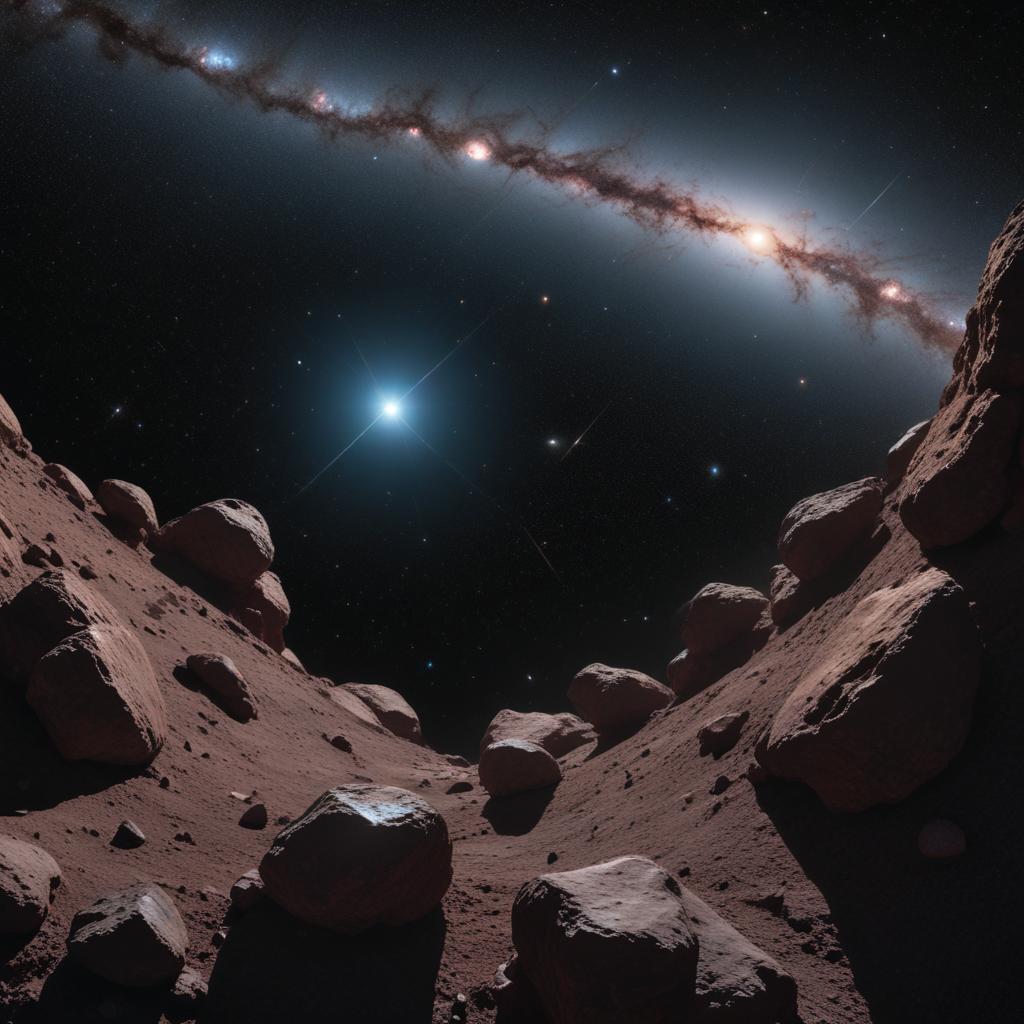The Vera Rubin Observatory, using the largest digital camera ever built, has captured stunning images of millions of distant stars and galaxies, along with thousands of previously unknown asteroids. Prepare to be amazed!
The Vera C. Rubin Observatory, named after the pioneering astronomer, has released its first test images, showcasing the light from millions of distant stars and galaxies on an unprecedented scale. These images, captured using the largest camera ever built, also revealed over 2,000 previously unseen asteroids, including seven near-Earth asteroids (none of which pose a threat). The observatory is expected to discover millions more asteroids in its first two years, and is considered the most effective tool for identifying interstellar comets and asteroids. The images, including a stunning mosaic of the Trifid and Lagoon nebulae, highlight the observatory's enormous field of view and rapid image capture rate. The observatory's decade-long mission, the Legacy Survey of Space and Time, aims to create an ultrawide, ultra-high-definition movie of the universe by scanning the entire sky every few nights. This will enable unprecedented observations of galaxies, stars, and solar system objects, contributing significantly to our understanding of dark matter and dark energy. The observatory, located in Chile, is nearly complete and is set to achieve "first light" on July 4th.



